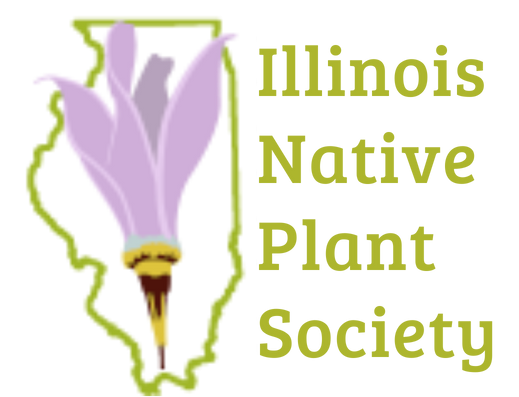Botanists find Thismia
…at the Field Museum herbarium, that is! On March 17th, instead of watching the Chicago River being colored green and enjoying green carbonated beverages, a group of local botany enthusiasts from the Northeast Chapter of the Illinois Native Plant Society visited the Field Museum herbarium to look at rare plant collections, including the exclusive and elusive Thismia americana.
Thismia americana, or banded trinity, is (we refuse to use the past tense) a plant first described over 100 years ago by Dr. Norma Pfeiffer after she found it on Chicago’s South Side, while doing research near Lake Calumet. The holotype and a few other samples of the plant are found in the Field Museum herbarium. Local botanists and nature enthusiasts have been doing periodic Thismia hunts since 1948 in an attempt to find this enigmatic species once again, as it has not been seen for over a century. The herbarium tour took 26 people behind the scenes of the Museum to view highlights of the collection, and to hear about the herbarium’s history and its strengths as a collection. Members of INPS took interest in the herbarium’s local collections, including rare, threatened and endangered plant specimens. These included an Illinois endemic plant species, the Kankakee mallow (Iliamna remota), described by E.J. Hill, a local naturalist.
The trip was organized by conservation ecologist and INPS member Iza Redlinski. It was greatly enriched by the presence of Michael Huft, a research associate in the collections who worked at the herbarium through the 1990s, as well as Matt von Konrat, Head of Botanical Collections, who showcased and explained the digitization process. The trip was a great start to the upcoming growing season and got many plant enthusiasts out of their winter funk!

